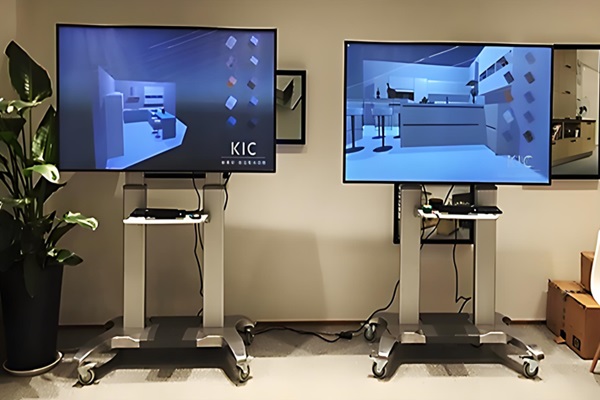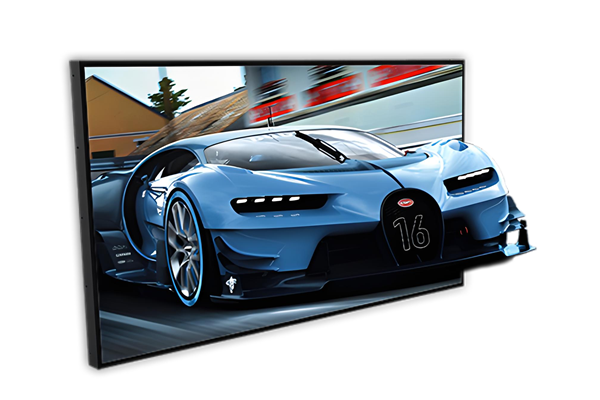The rise of 3D screen without glasses technology has revolutionized how we experience 3D visuals. Known as naked eye 3D, this technology makes it possible to enjoy immersive 3D content without the need for any special glasses. But how did this come about? Let’s dive into the journey and development of a 3D screen without glasses and see how it has evolved.
Early Days of 3D Technology
The concept of 3D technology is older than you might think, dating back over a century. In the early 1900s, people began using stereoscopic photography, which combines two slightly different images to create the illusion of depth. However, viewers still needed glasses to perceive the 3D effect.
As movie theaters became popular in the 1950s, 3D films hit the big screen, complete with special glasses that allowed audiences to enjoy the spectacle of three-dimensional movies. While it was an exciting novelty, many people found the glasses to be a hassle, especially since they were uncomfortable to wear for long periods. The dream of creating a 3D screen without glasses started around this time, but the technology was still in its infancy.
The Birth of Naked Eye 3D
 Fast forward to the early 2000s, when the dream of 3D screens without glasses began materializing. Engineers began developing naked eye 3D technology, allowing viewers to see 3D content without needing eyewear. This became possible through special displays that project images from slightly different angles so that each eye sees a different image. This trick creates the illusion of depth and brings the content to life.
Fast forward to the early 2000s, when the dream of 3D screens without glasses began materializing. Engineers began developing naked eye 3D technology, allowing viewers to see 3D content without needing eyewear. This became possible through special displays that project images from slightly different angles so that each eye sees a different image. This trick creates the illusion of depth and brings the content to life.
The challenge was developing screens that could project these multiple angles seamlessly. Early versions of naked eye 3D needed significant improvements in resolution and image clarity, but progress was steady, inching toward a more refined and user-friendly technology.
Technological Advances in Naked Eye 3D
The real breakthroughs began in the mid-2000s. Engineers made strides in resolution and software, allowing for smoother transitions and more realistic depth. A key innovation was the development of lenticular lenses, which are placed over the screen to direct different images to each eye. This advancement brought us much closer to achieving 3D screens without glasses, as it enabled clear and immersive 3D visuals without eyewear.
These improvements were crucial for making naked eye 3D practical in everyday devices. The use of lenticular lenses marked a turning point, providing smoother images and better quality than earlier attempts.
Widespread Use of 3D Screens Without Glasses
As the technology matured, 3D screens without glasses began appearing in a variety of consumer devices. Smartphones, tablets, and even televisions adopted naked eye 3D to provide immersive content without glasses. Beyond personal gadgets, this technology has been used in marketing and advertising. Businesses began using it for digital displays, creating eye-catching, three-dimensional visuals that drew attention and improved customer engagement.
The convenience of a 3D screen without glasses made it so appealing. Viewing 3D content became much easier and more enjoyable without needing glasses, which had always been a barrier to wider adoption.
The Future of 3D Screens Without Glasses
Looking ahead, the future of naked eye 3D is full of potential. As the technology continues to improve, we can expect sharper images, more vibrant colors, and deeper 3D effects. These enhancements will likely lead to 3D screens without glasses becoming even more common across a range of industries, from entertainment to education and even healthcare.
Engineers are working to make this technology even more accessible and affordable, ensuring that more people can experience the wonders of 3D without glasses. In the future, naked-eye 3D may play a key role in everything from virtual meetings to 3D learning environments, transforming how we engage with visual content.





